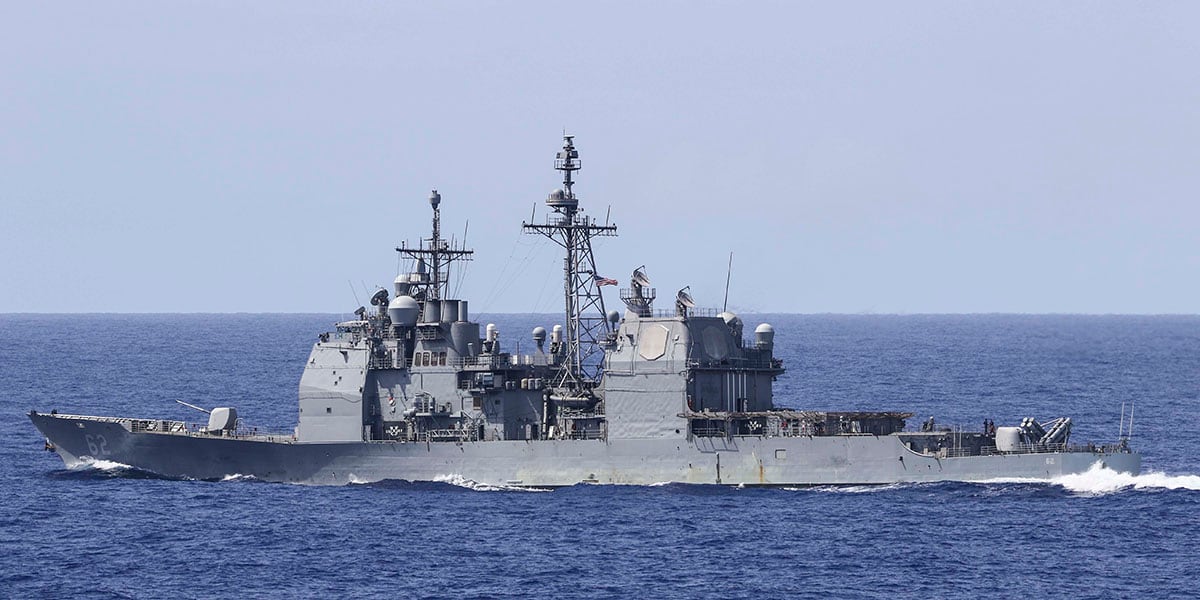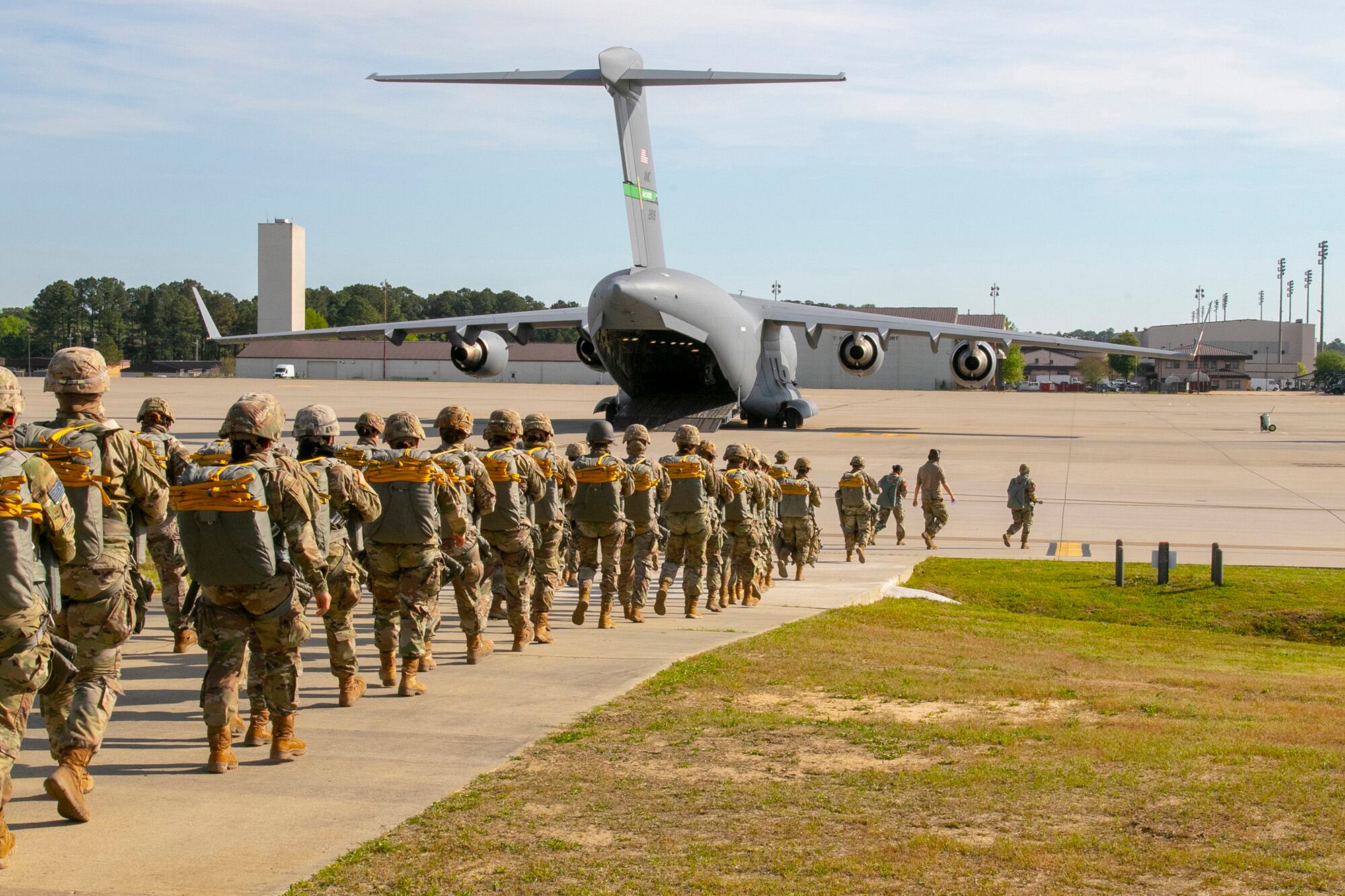The first part of an independent commission’s report on the project to strip Confederate namesakes from installations, ships, awards and more went to Congress on Monday, according to a release.
Along with the reasons for the renaming and the process by which new names were selected, the report includes a cost estimate for renaming nine Army posts that comes to about $21 million.
The renaming process will require removing the old names from all base paraphernalia, from street signs to recycling bin decals to business cards. The Department of Defense is charged with completing the renaming by January 2024.
The most expensive base to rename is also the largest; turning Fort Bragg, N.C., into Fort Liberty will cost an estimated $6.3 million. Renaming the small Virginia Army National Guard training site Fort Pickett, to Fort Barfoot, will be the least expensive, at $300,000.
The commission announced in May its recommendations to rename the posts as such:
- Fort Benning, Ga. — recommended to be renamed Fort Moore, for Lt. Gen. Hal Moore and his wife, Julia. Hal Moore received the Distinguished Service Cross for heroism in the Vietnam War. Julia Moore was an advocate for military families.
- Fort Bragg, N.C. — recommended to be renamed Fort Liberty, after the value of liberty.
- Fort Gordon, Ga. — recommended to be renamed Fort Eisenhower, after President Dwight Eisenhower, who also served as general of the Army.
- Fort A.P. Hill, Va. — recommended to be renamed Fort Walker, after Dr. Mary Walker, the Army’s first female surgeon.
- Fort Hood, Tx. — recommended to be renamed Fort Cavazos, after Gen. Richard Cavazos, who received the Distinguished Service Cross for heroism in the Vietnam War
- Fort Lee, Va. — recommended to be renamed Fort Gregg-Adams, after Lt. Gen. Arthur Gregg and Lt. Col. Charity Adams. Gregg was a key figure in the integration of black soldiers into the Army. Adams was one of the highest ranking female soldiers in World War II.
- Fort Pickett, Va. — recommended to be renamed Fort Barfoot, after Tech. Sgt. Van T. Barfoot, a Medal of Honor recipient.
- Fort Polk, La. — recommended to be renamed Fort Johnson, after Sgt. William Henry Johnson, a Medal of Honor recipient.
- Fort Rucker, Ala. — recommended to be renamed Fort Novosel after Chief Warrant Officer 4 Michael J. Novosel Sr., a Medal of Honor recipient.
Advocates have long pushed for the military to rename the installations that honored those who fought for the Confederacy. But their efforts found success only in 2020, when Congress ordered the DoD to strip Confederate names from bases and other assets, spurred by nationwide protests against racism after the death of George Floyd in Minneapolis.
In a Military Times poll in summer 2020, 49% service members surveyed favored renaming bases that honor Confederates, while only 39% opposed it.
The recommendations that ultimately came out were the result of months of site visits and meetings with local leadership, both on and off the installations, looking for input on namesakes that would be both historically relevant and inclusive.
RELATED

Benning, for instance, which would be named after Lt. Col. Hal and Julia Moore, honors the Vietnam-era commander of the Army’s first air cavalry unit and his wife, who spearheaded the modern casualty notification process.
Monday’s report also provides an explanation for why Bragg will be given the evergreen, non-controversial name of Fort Liberty. The commission considered several people — including Gen. Colin Powell, who received training at Fort Bragg — as new namesakes for the base before choosing the value of liberty.
The commission said in May that Fort Bragg community members supported renaming the base after the value, rather than an individual.
“Maybe this individual [is] 100% acceptable right now, [but they] might not be 20 years from now for whatever reason,” commission member Jerry Buchanan explained at the time of announcing the name.
Those scratching their heads at the idea of a Fort Liberty might be reassured that the commission opted against some of the other submissions for base names, which included “Awesome,” “Bay of Pigs,” “Classy,” “Hooah,” “House of the Rising Sun,” “Love,” “Red-Footed Booby,” and “Swag” (presumably a suggestion for Fort Bragg).
In addition to its recommendations and cost estimates, the first of the three-part commission report spends a good deal of time explaining not only why renaming is important, but how the original names were first selected.
“Although Americans owe much of their modern identity to the Civil War, they do not owe equal commemoration to both sides,” the report reads. “Though often conflated, commemoration and history come from all sections of our society and serve different purposes for different people.”
The main driver was World War I, and the need to stand up training bases to quickly expand the size of the Army. Most of these bases were built in the South, and the names were “hastily” chosen, according to the report, deferring “to local sensitivities and regional connections of a namesake.”
Braxton Bragg, for instance, was a famously bumbling general, and many of the Confederate namesakes weren’t chosen for their military accomplishments.
“Most importantly, during the end of the nineteenth century and the start of the twentieth century, the South and much of the nation came to live under a mistaken understanding of the Civil War known as the ‘Lost Cause,’“ the report reads. “As part of the ‘Lost Cause,’ across the nation, champions of that memory built monuments to Confederate leaders and to the Confederacy, including on many Department of Defense assets.”
The report also recommends that any historical artifacts or memorabilia commemorating the Confederate namesakes be donated to local museums or historical societies, and that any decommissioned or deactivated ships be renamed should they ever be put back into service.
The remaining two parts of the report have not yet been submitted, according to the Naming Commission’s release, but the second will deal with renaming streets, buildings and other items at West Point and the Naval Academy. A third will cover any remaining assets.
The commission has until Oct. 1 to complete them.
Meghann Myers is the Pentagon bureau chief at Military Times. She covers operations, policy, personnel, leadership and other issues affecting service members.
Irene Loewenson is a staff reporter for Marine Corps Times. She joined Military Times as an editorial fellow in August 2022. She is a graduate of Williams College, where she was the editor-in-chief of the student newspaper.




